Hi there, plant lovers! 🌵
For plant enthusiasts seeking a low-maintenance yet striking addition to their space, cacti stand out as one of nature’s most adaptable and visually captivating choices. These hardy succulents thrive with minimal care, making them perfect for beginners and seasoned gardeners alike. In this detailed review, we’ll explore everything you need to know about cacti—from their unique characteristics and care requirements to their long-term benefits and potential challenges.
Whether you’re looking for a desk companion, a statement piece for your garden, or simply a plant that forgives occasional neglect, this guide will help you determine if a cactus is the right fit for your lifestyle.
Overview
Cacti are succulent plants native to arid and semi-arid regions, renowned for their ability to store water and endure harsh conditions. Here’s a quick summary of what makes them exceptional:
- Ease of Care: Extremely low-maintenance, ideal for busy individuals or beginners.
- Light Requirements: Thrive in bright, direct sunlight but can adapt to partial light.
- Watering Needs: Minimal—overwatering is the biggest threat.
- Soil & Potting: Require well-draining soil to prevent root rot.
- Growth & Longevity: Slow-growing with some species living for decades.
- Variety: Thousands of species, from tiny desktop varieties to towering outdoor giants.
- Cost: Affordable to purchase, with minimal ongoing expenses.
Overall: A cactus is a versatile, resilient, and visually striking plant that suits almost any environment with proper light and minimal care.

Why Choose a Cactus?
Cacti are more than just spiky decor—they’re long-lived, drought-tolerant, and incredibly diverse. Their unique shapes, textures, and occasional blooms make them a favorite among collectors and casual plant owners alike.
- Perfect for Small Spaces: Many species stay compact, making them ideal for apartments or offices.
- Air-Purifying Qualities: Like other plants, they help filter indoor air pollutants.
- Decorative Flexibility: From modern minimalist setups to rustic desert gardens, cacti fit any aesthetic.
- Pet-Friendly Options: While some cacti have spines, spineless varieties (e.g., Christmas Cactus) are safe for homes with pets.
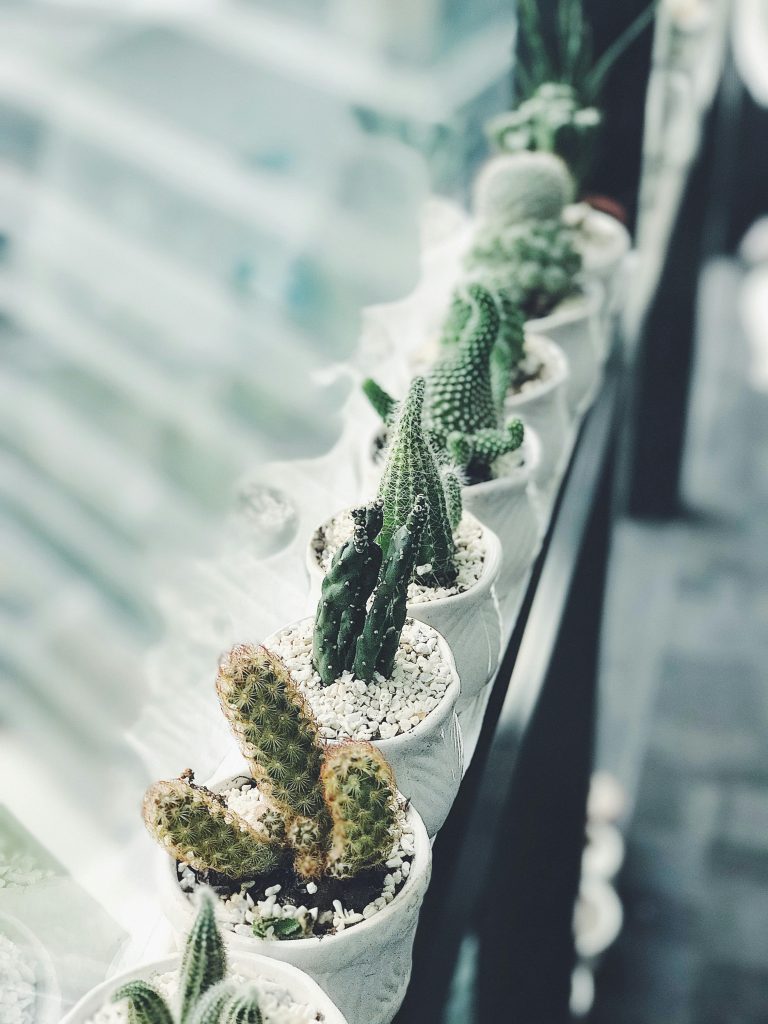
Types of Cacti: Finding the Right One for You
With over 2,000 species, cacti come in endless shapes and sizes. Here are some popular choices:
1. Indoor Cacti (Best for Beginners)
- Bunny Ears Cactus (Opuntia microdasys) – Flat pads with soft glochids (tiny spines).
- Moon Cactus (Gymnocalycium mihanovichii) – Vibrant, colorful grafted cactus.
- Golden Barrel Cactus (Echinocactus grusonii) – Round, ribbed, and slow-growing.
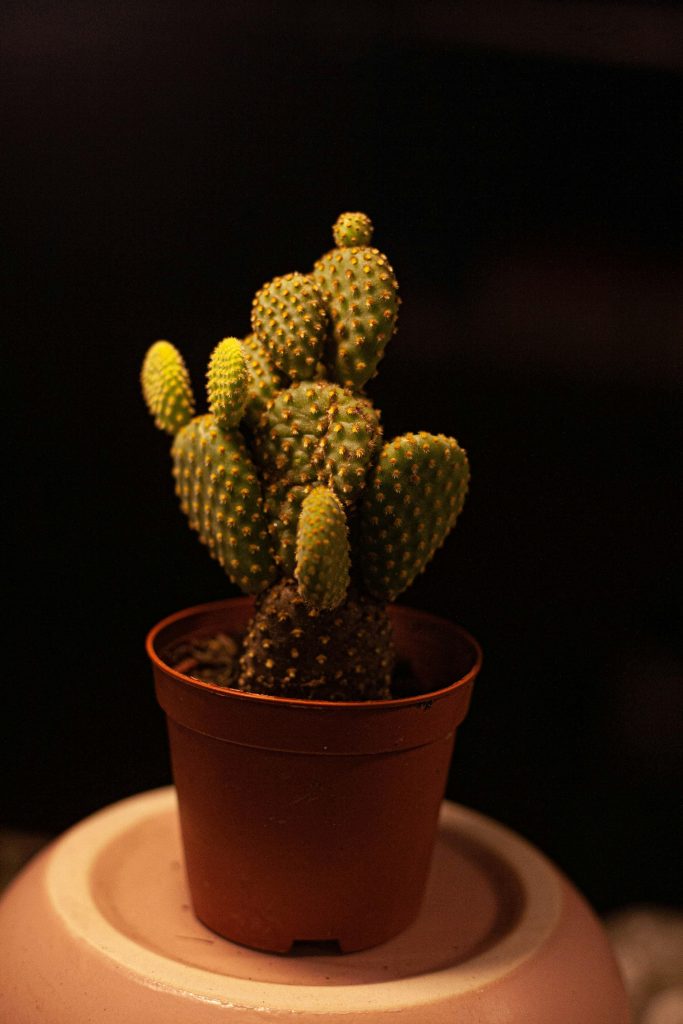
2. Outdoor Cacti (For Warm Climates)
- Saguaro (Carnegiea gigantea) – Iconic desert giant (grows over 40 feet tall).
- Prickly Pear (Opuntia spp.) – Edible pads and fruit, cold-hardy.
- Organ Pipe Cactus (Stenocereus thurberi) – Multi-stemmed, thrives in heat.

3. Flowering Cacti (For Seasonal Beauty)
- Easter Lily Cactus (Echinopsis oxygona) – Large, fragrant white flowers.
- Queen of the Night (Epiphyllum oxypetalum) – Rare night-blooming cactus.
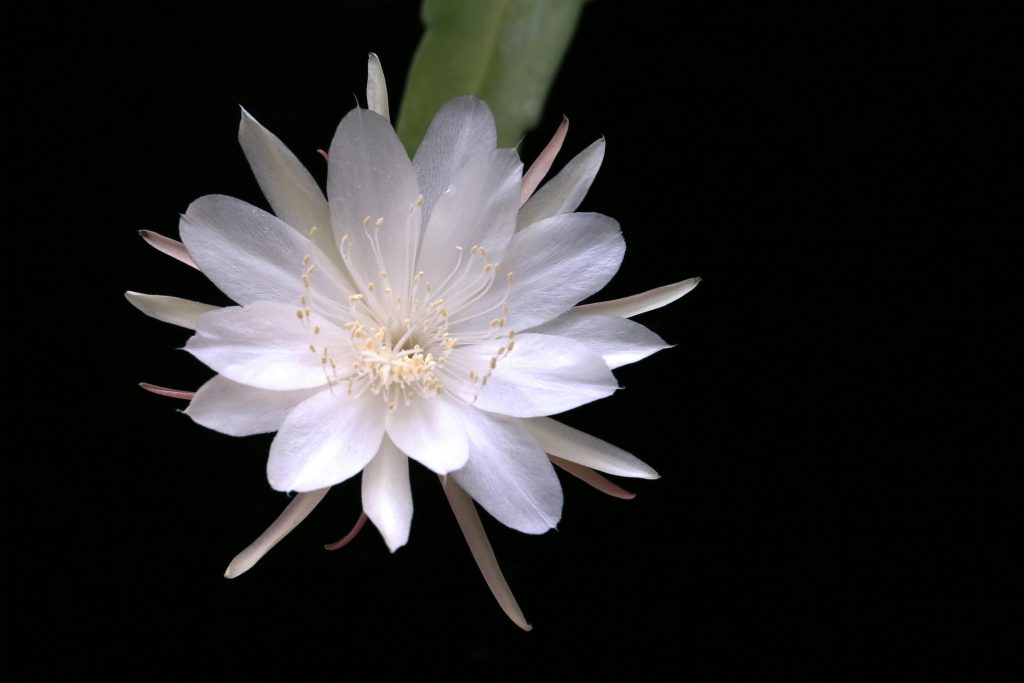
Pro Tip: Research your chosen species’ mature size and light needs before purchasing.
Care and Maintenance
While cacti are low-maintenance, they still require proper conditions to thrive.
Light Requirements
- Ideal: 6+ hours of direct sunlight (south-facing windows for indoor cacti).
- Low-Light Adaptation: Some (like Schlumbergera) tolerate shade but grow slower.
- Signs of Poor Lighting: Stretching (“etiolation”), pale color.
Watering Guide
- Rule of Thumb: Soak and dry method—water deeply, then let soil dry completely.
- Frequency:
- Summer: Every 2-3 weeks.
- Winter: As little as once a month (dormant period).
- Danger Signs: Yellowing (overwatering) or shriveling (underwatering).
Soil & Potting
- Best Mix: Cactus/succulent soil with perlite or pumice for drainage.
- Pot Choice: Terracotta pots (porous, helps prevent rot) with drainage holes.
- Repotting: Only needed every 2-3 years (cacti grow slowly).
Temperature & Humidity
- Optimal Range: 70-90°F (day) / 50-55°F (night).
- Winter Care: Protect from frost—move indoors if below freezing.
- Humidity: Prefer dry air; high humidity can cause rot.

Common Problems & Solutions
Even hardy cacti face occasional issues. Here’s how to troubleshoot:
| Problem | Cause | Solution |
|---|---|---|
| Soft, mushy stems | Overwatering / Rot | Stop watering, repot in dry soil |
| Shriveled texture | Underwatering | Deep soak, adjust schedule |
| Brown spots | Sunburn / Fungus | Move to indirect light, treat with fungicide |
| Pests (Mealybugs, Spider Mites) | Poor air circulation | Wipe with alcohol, use neem oil |
Preventative Tip: Inspect new plants for pests before introducing them to your collection.

Cost and Availability
Cacti are widely accessible and budget-friendly:
- Where to Buy:
- Local nurseries (best for healthy, established plants).
- Online retailers (e.g., Etsy, specialized succulent shops).
- Big-box stores (affordable but check for pests).
- Price Range:
- Small cacti: $5 to $20.
- Rare/large specimens: $50 to $200+.
- Setup Costs:
- Soil, pot, tools: ~$20 to $50 (one-time investment).
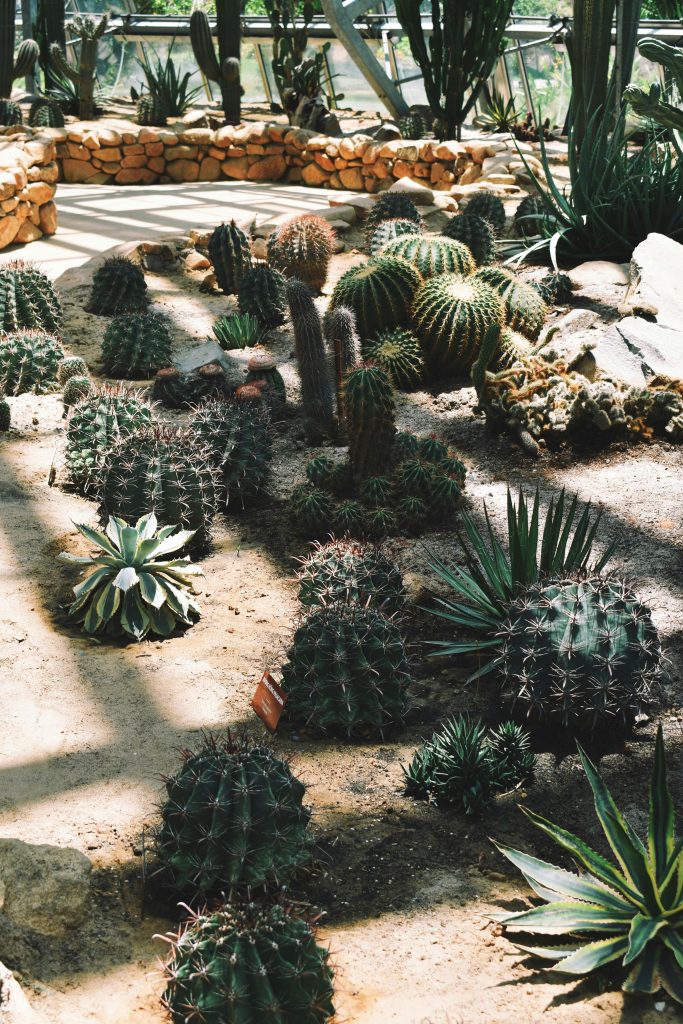
Pros and Cons
Pros
Cacti are ideal for those who:
✅ Want a low-maintenance plant.
✅ Love architectural, sculptural greenery.
✅ Live in sunny, dry climates (or can provide bright light indoors).
✅ Appreciate long-lived plants (some live 50+ years!).
Cons
Think twice if:
❌ You tend to overwater plants.
❌ Your home has very low light.
❌ You have pets that may chew (though spineless options exist).
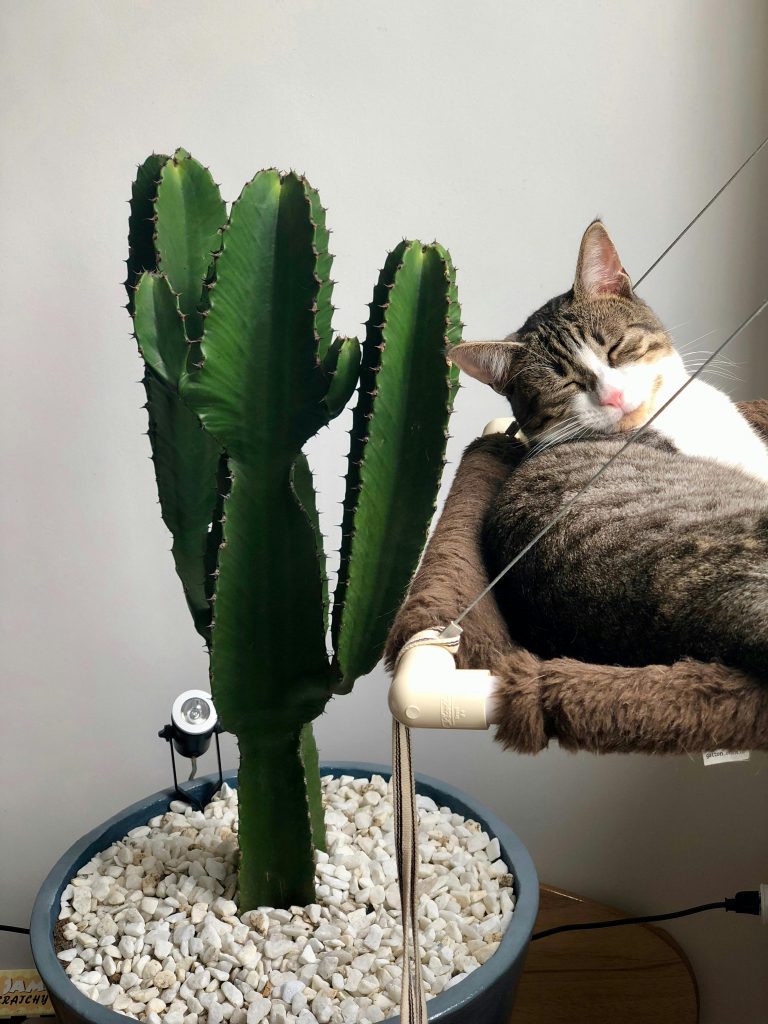
Final Thoughts
Ready to adopt a cactus? Start with a forgiving variety like the Golden Barrel or Bunny Ears Cactus. For more advanced growers, explore flowering or rare species.
Have questions or experiences to share? Drop them in the comments below! We’d love to hear your cactus stories and tips.
For more plant care guides, subscribe and stay tuned! 🌵


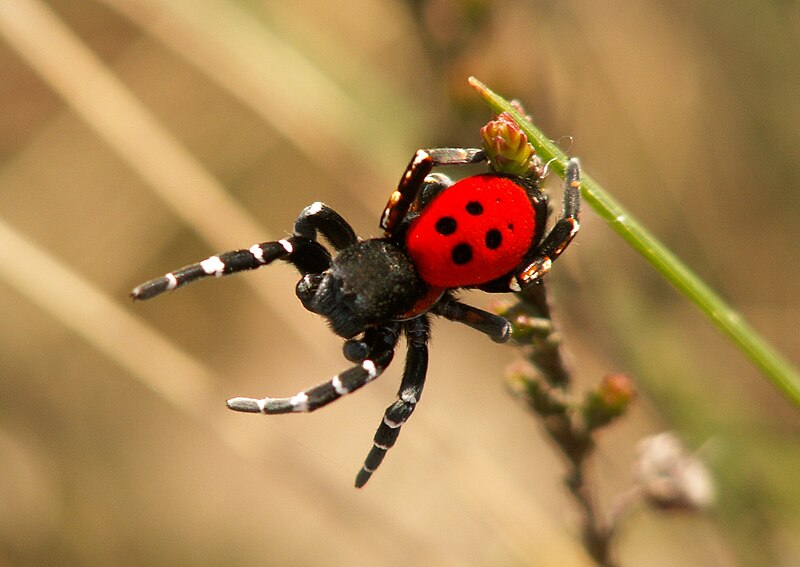
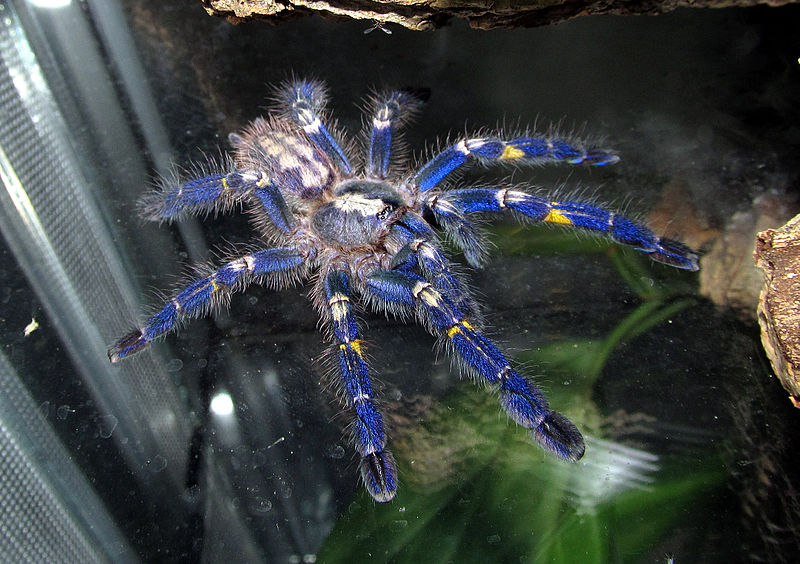
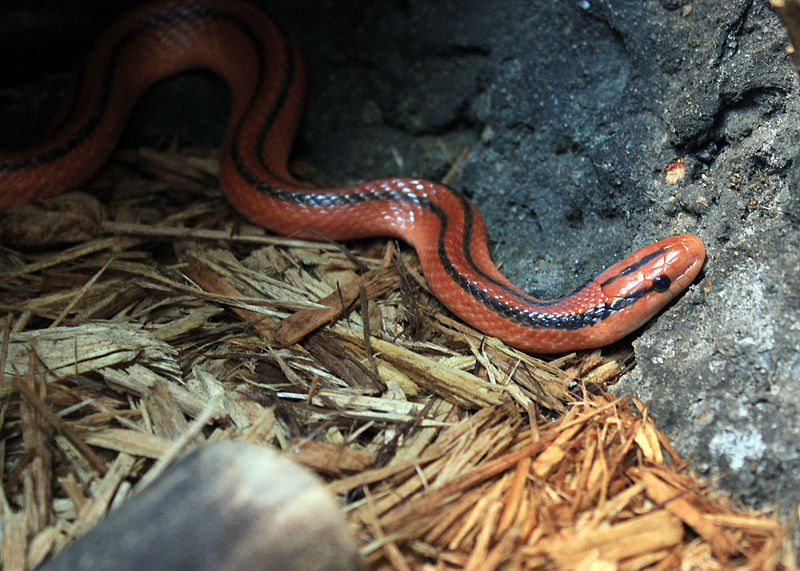
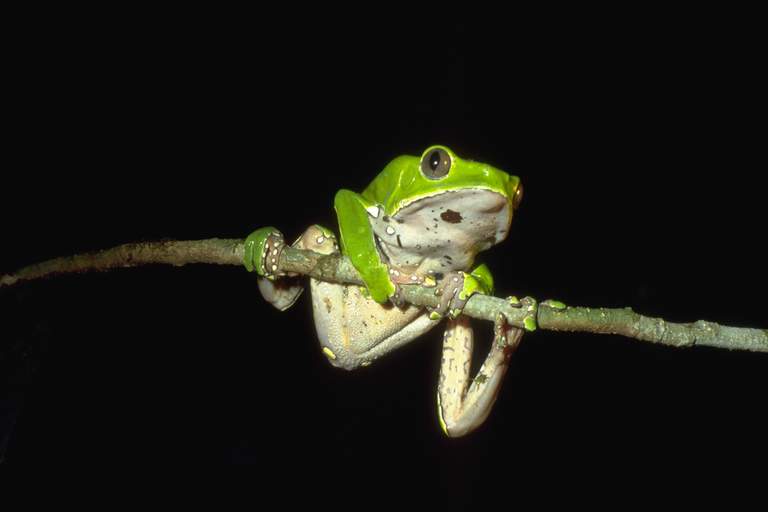
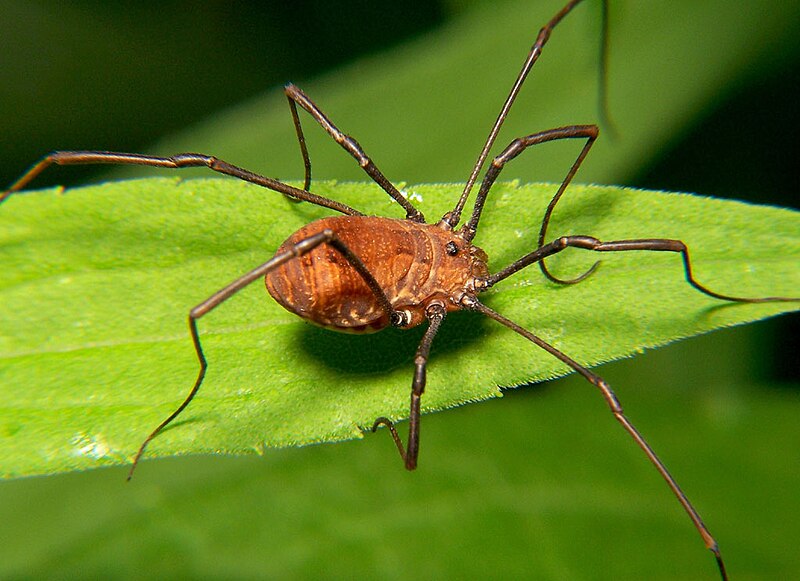
Leave a Reply